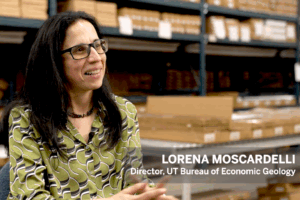A preliminary university investigation has revealed that UT environmental health and safety officials disposed of multiple brain specimens in approximately 2002 in accordance with protocols concerning biological waste.
This was done in coordination with faculty members who determined that the specimens had been in poor condition when the university received them in the 1980s and were not suitable for research or teaching. Faculty members then maintained possession of other brain specimens in the collection that the university continues to own.
This occurred prior to the renovation of the Animal Resources Center, where the specimens had been stored in a secure location. We believe the workers disposed of between 40 and 60 jars, some of which contained multiple human brains, and worked with a biological waste contractor to do so safely.
We are continuing to investigate reports that additional brain specimens were separately sent to other universities or health institutions. Thus far, we have not found any records or documentation to corroborate accounts that some specimens were shared with the University of Texas Health Science Center in San Antonio in the 1990s.
We have no evidence at this time that any of the brain specimens came from Charles Whitman, though we will continue to investigate those reports.
The university will also investigate how the decision was made to dispose of some of these specimens and how all brain specimens have been handled since the university received its collection from the Austin State Hospital in the 1980s.
University officials will appoint a broader investigative committee to examine these issues. As researchers and teachers, we understand the potential scientific value of all of our holdings and take our roles as stewards of them very seriously.
University statement from earlier in the day on Dec. 3, 2014:
As researchers and teachers, we understand the potential scientific value of all of our holdings and take our roles as stewards of them very seriously.
We are committed to treating the brain specimens with respect and are disheartened to learn that some of them may be unaccounted for.
The university plans to investigate the circumstances surrounding this collection since it came here nearly 30 years ago.
The brains that are now on campus are actively used as a teaching tool and are carefully curated by faculty. As our investigation proceeds, we will seek to confirm whether the specific details that have been reported about the other specimens are accurate.



